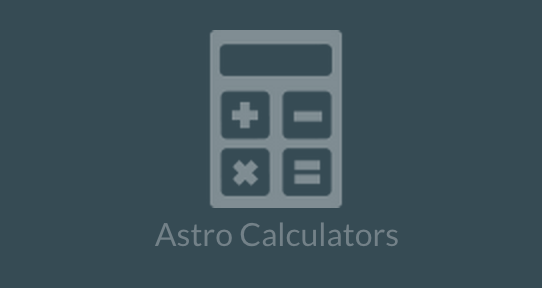
Ideal Exposure Calculator
This calculator allows you to determine the ideal exposure time for subframes that will be stacked. It requires that you take a test exposure using your CCD imaging setup and measure the background sky value. Please refer to the CCD Imaging Theory page on Optimum Exposures for the details behind these calculations. How to Use the Ideal Exposure Calculator
- 1. Take a test exposure using your standard CCD setup. Factors that will influence the calculated ideal exposure time include light pollution, focal ratio, filters, CCD camera, binning, and object elevation (altitude). It is recommended that you image an object near zenith, unfiltered, and on a moonless night. If you change cameras, telescopes, or observing locations, you will need to adjust accordingly, or take test exposures for each setup.
- 2. Take an equivalent length dark frame. Do this even if you have a low-noise camera that may not normally use darks. This will remove the bias level from the image.
- 3. Calibrate your light frame by subtracting the dark frame.
- 4. Measure the background ADU count (background value) using, for example, the Information tool in MaxIm DL, or similar tool in the program of your choice. Be sure to avoid measuring the value of any faint nebulosity. Take a few measurements around the image and take an average to be sure of getting an accurate value.
- 5. Select your CCD camera from the pull-down menu below.
- 6. Enter your test exposure time in minutes.
- 7. Enter the measured sky background value from the test exposure.
- 8. Select one of the standard choices for the percent contribution of readout noise. 5% is the usual figure used but a higher noise tolerance will give a shorter exposure time.
- 9. Press the Calculate button to determine the ideal exposure time.

